1. The motherboard and BIOS support RAID configuration.
2. The motherboard has 2 or more available SATA protocol SSD/HDD slots (including MSATA, M.2 SATA, and 2.5-inch SATA hard drives).
Caution:
1. Important data on the hard drive should be backed up in advance, as this step will delete all data on the original hard drive.
2. Operating systems installed in AHCI or other modes will not work in RAID mode. The operating system must be reinstalled in RAID mode to boot normally.


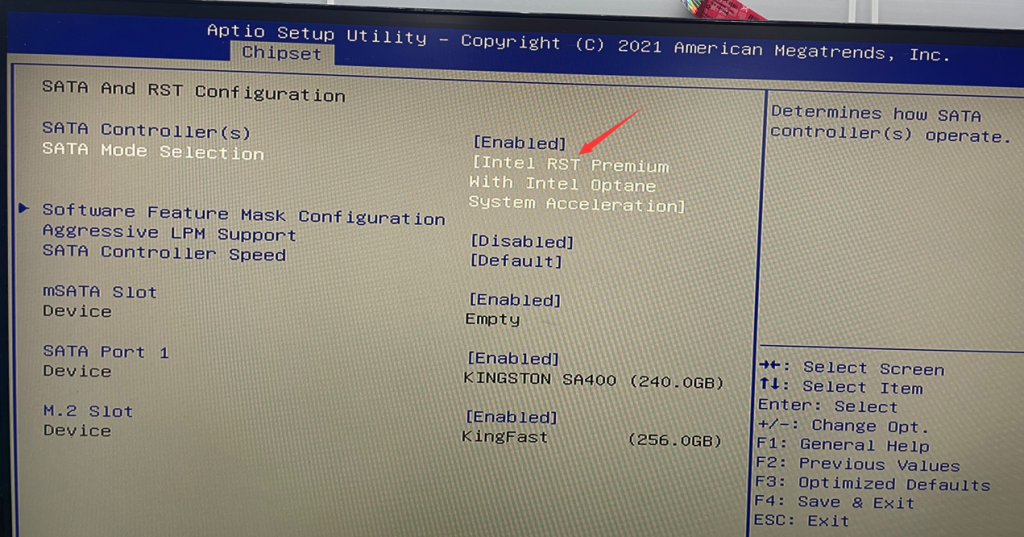
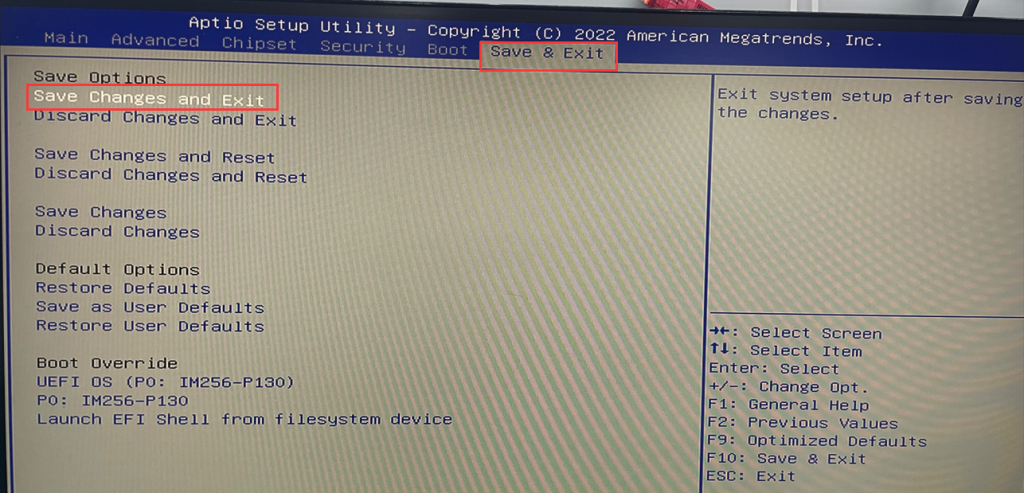
After setting up RAID, only UEFI mode is supported for installing the operating system.
1. After pressing the computer's power button, quickly press the Del key to enter BIOS setup.
2. In BIOS, select Chipset > PCH-IO Configuration > SATA and RTS Configuration > Set "SATA Mode Selection" to "Intel RST Premium with Intel Optane System Acceleration". > Press Esc on your keyboard to exit the current page. Finally, select "Save and Exit".
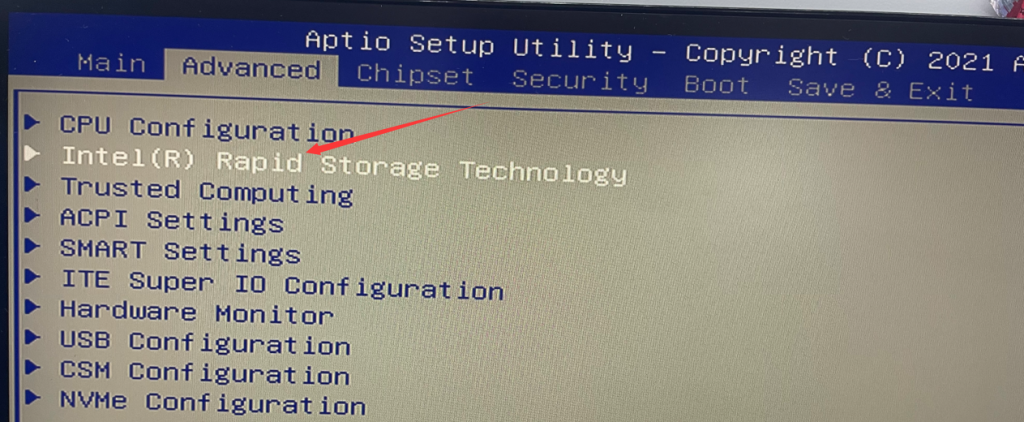
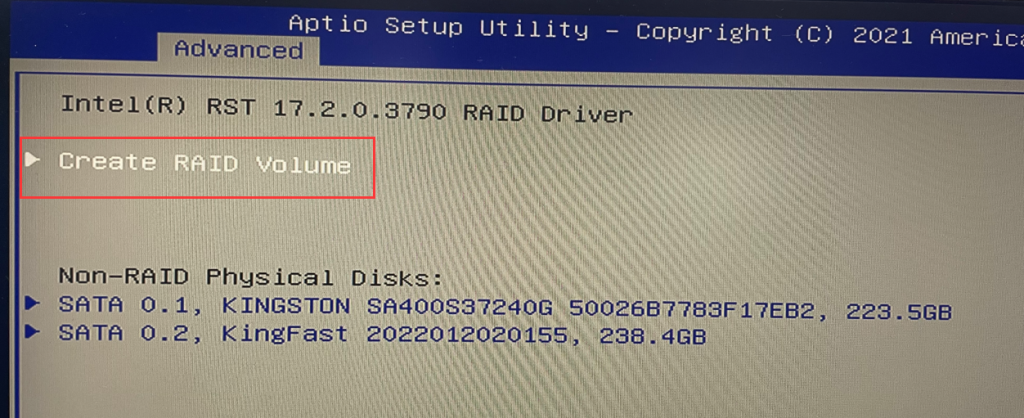
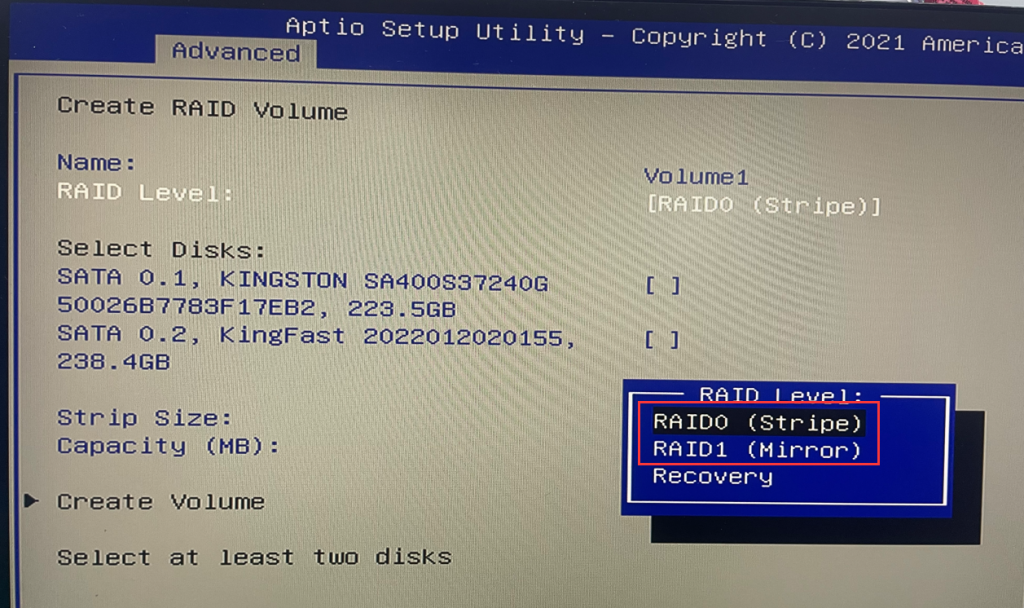

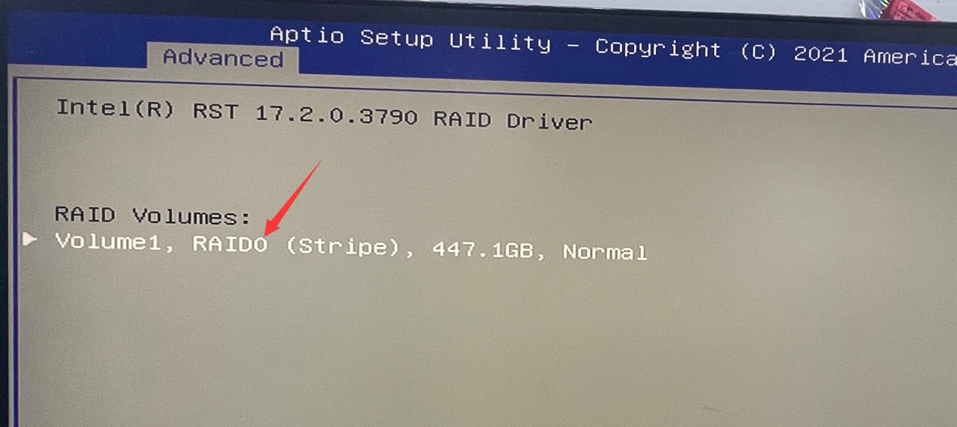
You can also read this article to learn more about RAID0, RAID1, and RAID5, which I've also covered.
